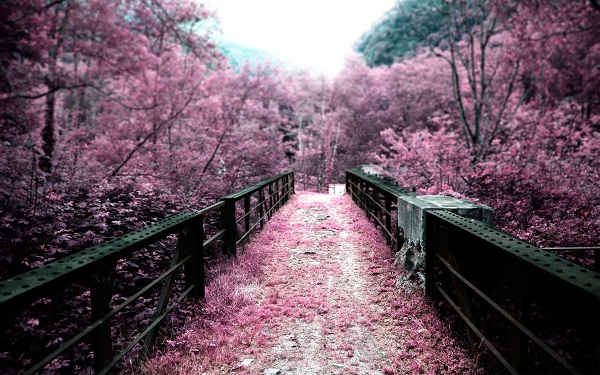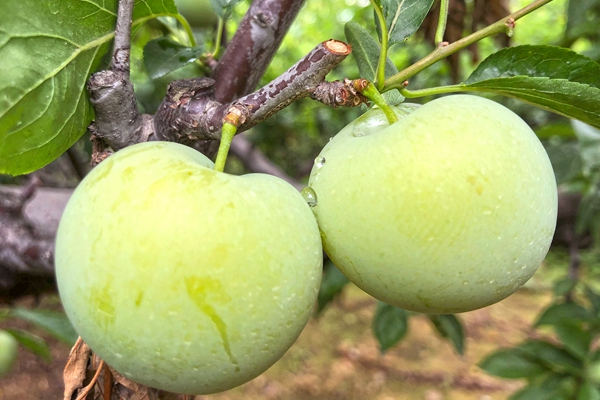Cherry blossoms: an emblem of Japanese culture
Updated: 2016-04-12
Cherry blossoms, or sakura, are Japan's national flower. Delicate and pink, they are deeply symbolic in Japanese culture -– a symbol of spring, a time of renewal, and of the fleeting nature of life.

There are dozens of different cherry tree varieties in Japan. The life of their flowers is very short. Most of them bloom for just a couple of days in spring. Two weeks later their beauty peaks, and they start to fall.
Japanese have loved cherry blossoms through the ages. Many people look forward to their season, and flowering forecasts are broadcast on TV every day in March.
After the blossoms appear, people have a party, called Hanami, beneath them, where they enjoy drinking and having a meal with families or friends or company colleagues.

Hanami literally means "watching blossoms," and the tradition of gathering beneath the trees' branches can be traced back at least a thousand years. People bring cooked meals, alcohol, snacks, and sweets, like a potluck party. Schools and offices hold welcome parties during Hanami, a chance for people to bond and meet new friends.
Even at night, viewing spots are crowded with people enjoying the blossoms in a beautiful, romantic atmosphere. Couples go at night to enjoy the special mood created by cherry blossoms. Hanami at night is called yozakura.

The cherry blossom is a symbol of mortality. It reminds people to appreciate each moment as it slips away; each one is too short to waste. Live in the moment.
In Japanese literature, there are many scenes of cherry blossoms falling on snow. This has ties back to the Samurai and warrior aspect of Japanese culture and the message is the same: life is short.
Tel:0510-81178873
E-mail:haiyulu@163.com


